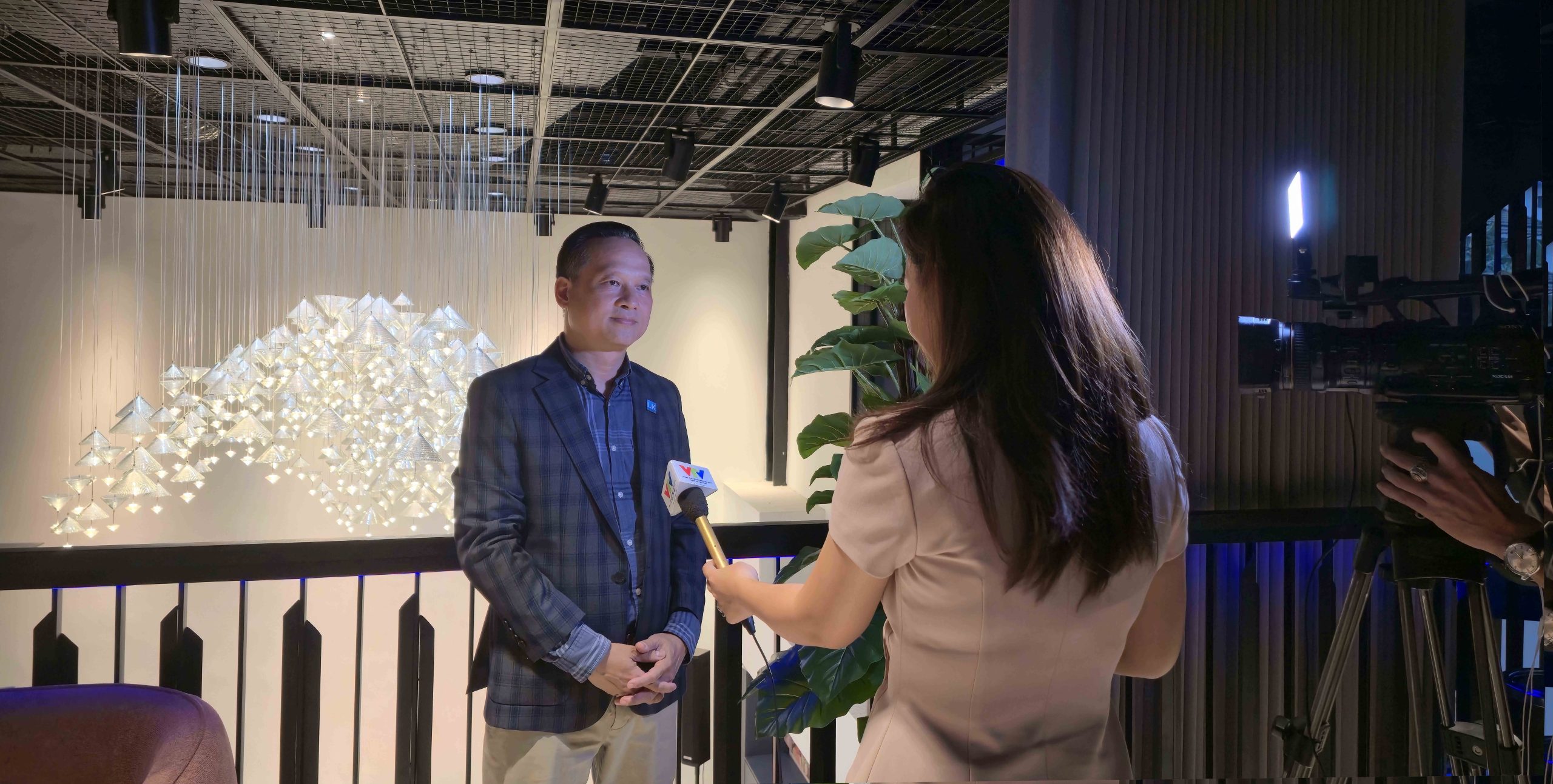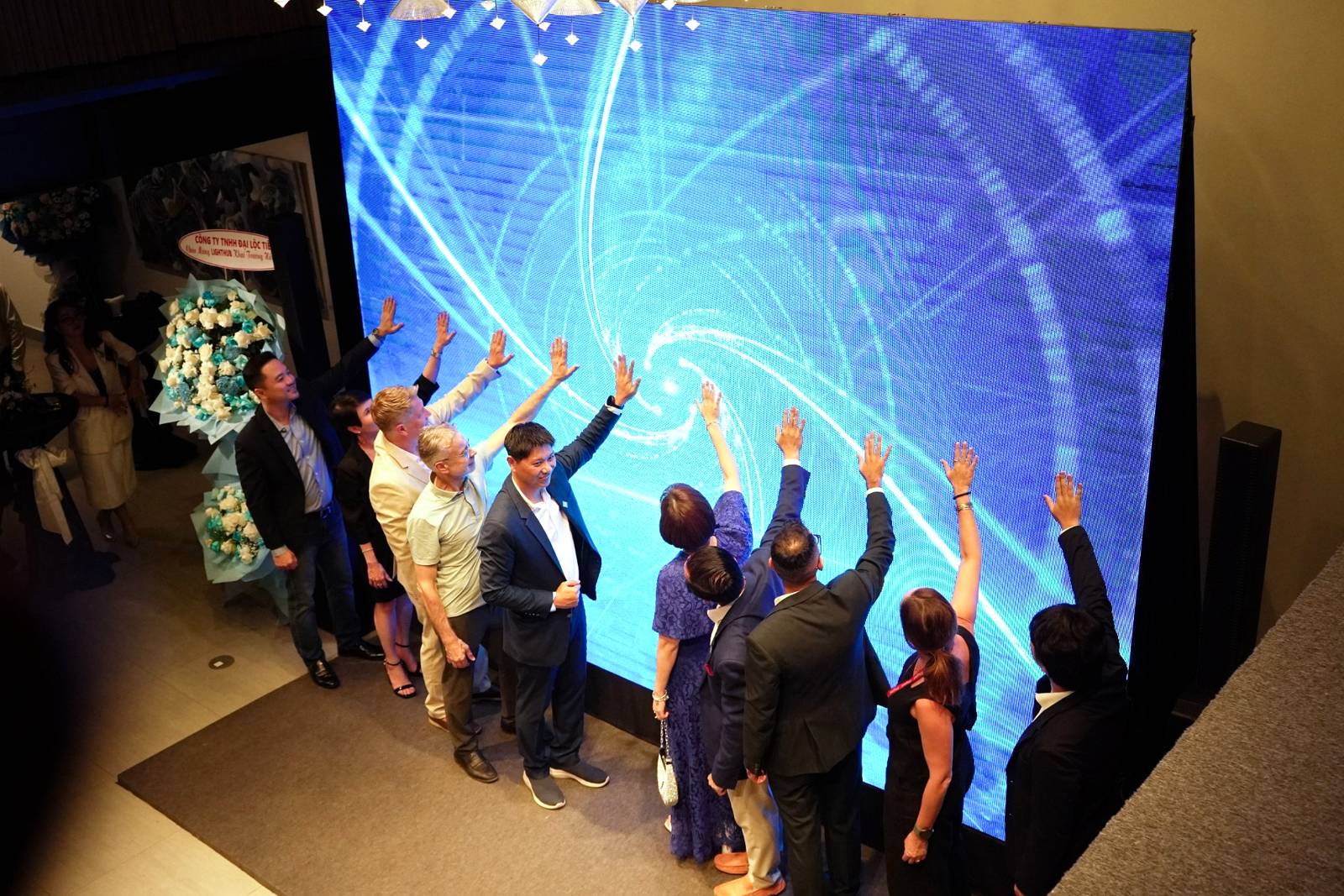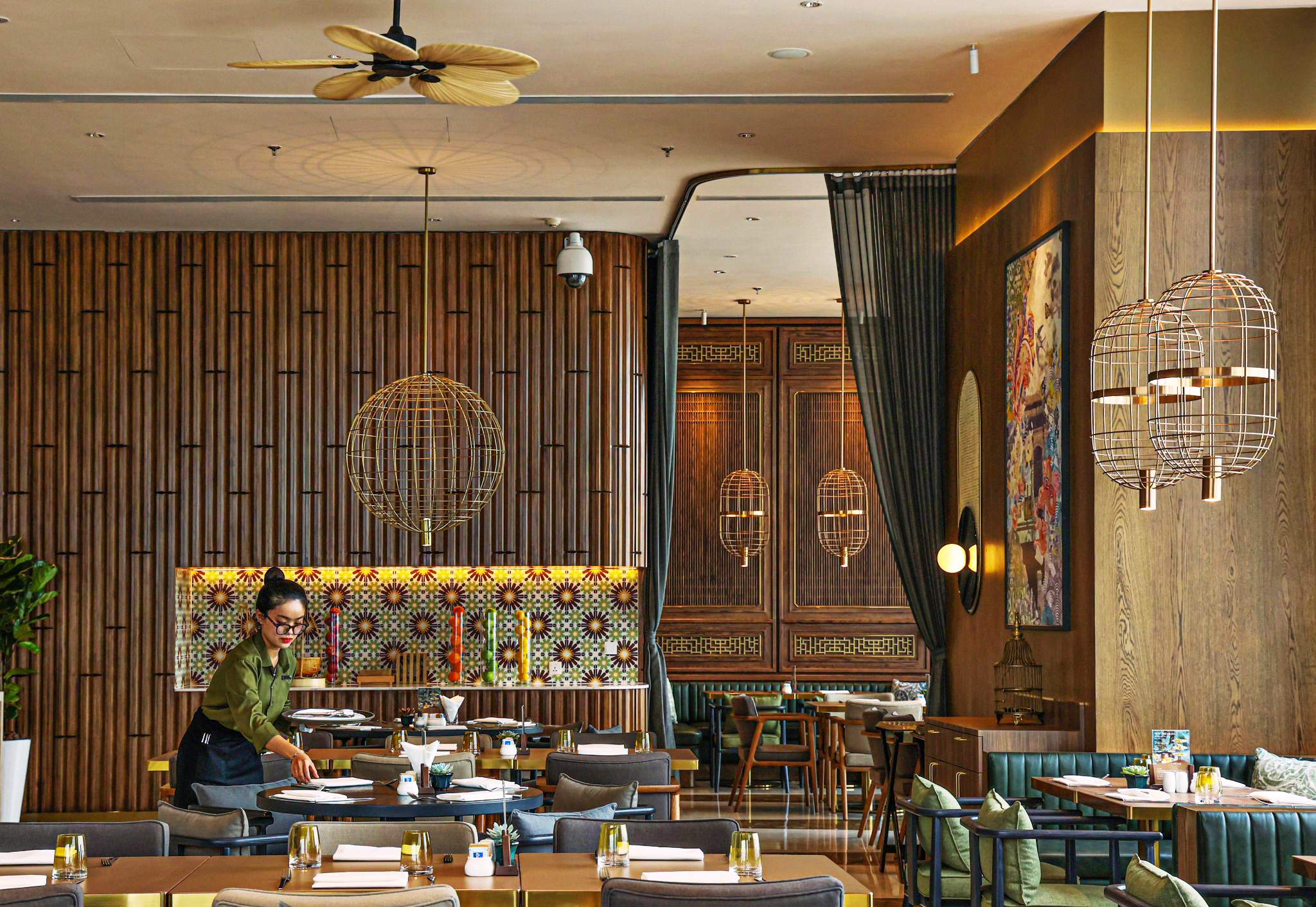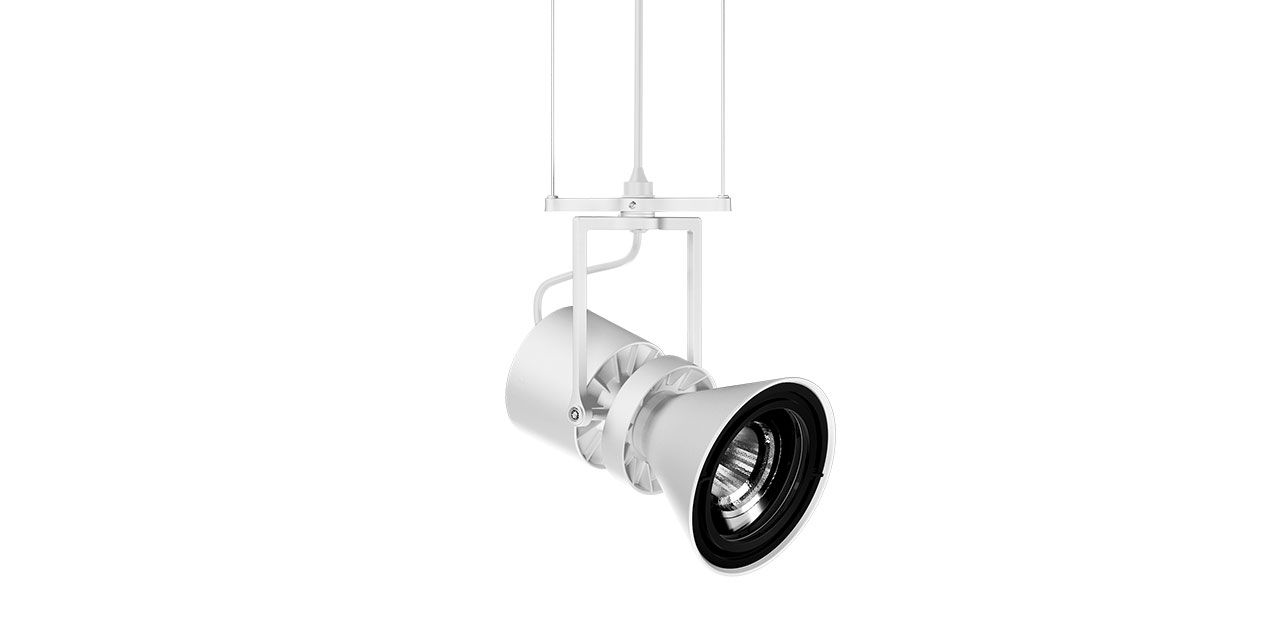- MURANO LÀ GÌ?
Murano là thị trấn trên một nhóm đảo nhỏ tại Ý, rất gần với Venice ( khoảng 17 phút bằng waterbus)
Tương tự Venice, Murano nằm trên một cụm đảo nhỏ của Ý Murano on Google’s map
- THỦY TINH MURANO LÀ GÌ?
Chính xác hơn, Murano Glass dùng để chỉ các sản phẩm thủy tinh được làm thủ công tại Murano. Các sản phẩm cực kỳ đa dạng từ những bức tượng nhỏ đến các chiếc đèn trang trí nổi tiếng.
“Thủy tinh Murano” thường được sử dụng để mô tả phong cách thiết kế, trang trí, màu sắc và cả cách thổi đặc trưng của Murano. Có thể nói, đây là tên gọi của một loại nghệ thuật hơn là nguồn gốc của chúng.
Tuy nhiên, thị trường hiện tại còn “tận dụng” tên Murano như một sự gian lận kinh doanh. Thủy tinh sản xuất từ Trung Quốc mang danh Murano hay pha lê chì lại được rao bán dưới cái tên Murano. Thậm chí các sản phẩm thủy tinh công nghiệp cũng được bán dưới cái mác Murano. Đó là nguyên nhân khi Bạn mua sản phẩm được cho là thủy tinh Murano, Bạn cần phải biết nó có phải là sản xuất trên Murano hay trên đát liền, thay vì Bạn chỉ hỏi “Chúng có phải thủy tinh Murano không?”
Ngay cả khi Bạn đã hỏi rõ ý của mình, Bạn cũng có thể chỉ dựa vào uy tín của ai đó giới thiệu và hy vọng rằng chúng là thủy tinh Murano.

- How is Murano glass made?
The process is very complex and requires absolute accuracy. The glass is made of silica with various additions. It is heated up in special furnaces until red hot and completely liquid. As it cools down and slowly passes back to a solid state, the master glass blowers have a brief moment when it can be shaped.
Liquid glass lends itself for shaping only for a brief moment Streaks of solidified glass nearby a furnace
This can be done by blowing air into the glass through a long tube and/ or by shaping it by hand into particular shapes. It has to be said that “by hand” in these circumstances means using iron tools, as the glass is still glowingly hot!
Mouth-blown and then opened at one end with iron scissors The shaping of an ornamental flower
- What is so special about Murano glass?
Murano glass products are world famous for their exquisite quality, fabulous colours and unsurpassed craftsmanship. All those features can be easily observed with naked eye with some training (later on in this document).

Secondly, there is Murano‟s unbelievable historic heritage. The glassmaking industry started to develop in the Venetian lagoon as early as 9th century and was forced to move to the nearby Murano in 1291 for fear of fires, which were a major threat to the city‟s mostly wooden buildings. However, it has been plausibly suggested that the move was in fact made in order to isolate the master glassblowers and prevent them from sharing their valuable glassmaking knowhow with foreigners.
By the 14th century Murano glass was such a coveted commodity and such a huge commercial success that the glassmakers became the city‟s most prominent citizens. They were allowed to wear swords and even enjoyed immunity from prosecution by the Venetian state. Their daughters were allowed to marry into Venetian blue-blooded families. However this came at a high price. The city wanted to keep the secrets of this extremely profitable trade to itself and forbade the glass masters to ever leave the small island. The glassblowers became virtual prisoners on Murano and there are rumours of assassins being hired by the state to chase any who dared to escape.
Venice, Rialto bridge as painted by J.M.W. Turner in 1820-1821 Ancient vase by Salviati dott. Antonio, 1885
Murano held a monopoly on quality glassmaking for many centuries, developing and refining many glass working technologies. Today, the artisans of Murano are still employing these century-old techniques, crafting everything from glass figurines and tableware to the famous Murano glass chandeliers. The extremely wide range of pure colours that they are able to create is still looked at with admiration and envy by glassmakers from all around the world.
- How is coloured glass created in Murano?
Coloured glass is achieved by adding selected chemical compounds to the silica before or during melting. This requires incredible accuracy when it comes to proportions and timing. Many of the particular colour shades are still secrets held by some factories and not shared with others, even within Murano! We know, for example, that aquamarine is created by the use of copper and cobalt compounds whereas ruby red requires a gold solution as a colouring agent. This is the reason why red and ruby chandeliers are always more expensive than the same models in other colours.
Large colourful chandeliers, especially those in the Rezzonico style, require a large number of colours to create them, each mixed and molten separately. Since each furnace will work with only one colour at a time, in a big vetreria (glassmaking factory) there may be many furnaces blasting away all at the same time on account of one chandelier! In a small one, with only one furnace, this chandelier will take much longer to make…
No parts of Murano chandeliers are ever painted! Even the most intricate ornamental flowers displaying many different colours are made by skilfully pressing together separate bits of semi-liquid glass in each colour, and then shaping them by hand into flowers in this very brief window of opportunity before glass hardens and looses its plasticity. Should the window of opportunity close before the flower is ready, the unsuccessful parts are thrown away and the process begins anew – because Murano products have to be absolutely perfect.
- How to recognize Murano quality glass?
Highest quality glass is absolutely clear, free of air bubbles, smudges or impurities. If you see a glass product that looks like it is dusty, try wiping the “dust” off. If it appears impossible, it means that the impurities are INSIDE. A chandelier made of this glass will never have the glamorous sparkle of a real Murano glass chandelier! It will always appear… well… dusty. However, an OCCASSIONAL air bubble is considered a positive attribute enhancing the product‟s uniqueness.
Transparent glass of Murano quality is also absolutely, superbly crystal clear, e.g. without any unwanted discolouration (typically green or grey). When Murano masters developed the technology to achieve this degree of perfect transparency in 1450, the whole world was awestruck. It was acclaimed as cristallo, because it was clear like a crystal. However, it is important to emphasize, it is NOT crystal. Until this day the term „crystal‟ is used to describe clear Murano glass and this creates many misunderstandings!
Crystal-clear but never crystal: unsurpassed clarity of Murano glass
- What does “crystal” actually mean?
There are four meanings of the word “crystal”. To navigate easily in the world of jewellery and chandeliers you should understand the differences:
- The first and original meaning is the rock crystal (quartz), a natural crystalline mineral found in the Earth‟s crust. Some varieties of rock crystal are semiprecious stones, and can be cut to imitate diamonds. They used to be popular in Europe and the Middle East for making jewellery. The photos show only transparent quartz, although many other colours occur naturally, the most famous being amethyst and rose quartz.
Natural rock crystal (quartz) Rock crystal beads Carved rock crystal vase
- Second, there is lead crystal which is achieved by adding lead oxide (PbO) to the glass. This addition increases the glass‟s light breaking index, which means it can break light like a prism. The higher percentage of PbO in the crystal composition, the more vibrant the colours reflected and refracted from it. To be advertised as crystal the European Union standards dictate that there must be a minimum of 24% lead contained within the product (it is called full-leaded crystal in America). In contrast, American standards recognize any glass that is perfectly clear as crystal regardless of the lead content. To compare; Swarovski crystal contains 32% lead oxide.
Traditional tableware Swarovski figurine Modern trophy
- Thirdly, there are rhinestones (strass). A rhinestone is a diamond imitation achieved by cutting lead-enriched glass and coating its lower sides with metal powder to enhance the brilliance. This method was developed by an Alsatian jeweller Georg Friedrich Strass and his surname became the name for rhinestone in many European languages. There are many possible uses for them ranging from jewellery, through fashion and interior design, to application on apparel and costumes (especially popular in ballroom dancing and amongst pop artists).
Rhinestone necklace and earrings Swarovski handbag Modern suspension
- And finally, there is also optical crystal which is highest quality perfectly clear glass cut by extremely precise modern machines so as to enhance the light breaking index. This method is used increasingly for large suspensions, because glass without any lead additions is considerably lighter. Swarovski Spectra line is a good example of optical crystal.
Very large suspension Optic crystal and rhinestones 3D laser-engraved souvenir
- Is there any crystal made on Murano?
No. Neither of all the above kinds of crystal has ever been made on Murano. What is sometimes referred to as “Italian crystal” is glass which Italians call cristallo, meaning crystal-clear, e.g. perfectly transparent. Such glass appears very noble, elegant and light as a feather.
It has to be said at this point that it is indeed much lighter than lead crystal. Large chandeliers made of crystal glass have been known to lengthen because of the weight of the lead crystal stretching the metal clasps used to join the glass parts – a problem that is far less likely with Murano glass. Another advantage is that it does not bring about the health concerns associated with lead-enriched products.
- What is the difference between Murano glass and Venice glass?
There is none. The whole glassmaking industry of Venice moved to Murano in 1291. Those terms are historically interwoven and synonymous.
The confusion comes from the fact that there is “Murano glass” and “Venetian chandeliers”.
“Murano glass” refers to the quality of handmade glass products from Murano. Both traditional as well as contemporary designs are used today on Murano.
However, the term “Venetian chandeliers” refers to the particular styles of chandeliers which were very popular among the rich citizens of Venice over the centuries. Of course, they were typically made in Murano.
- What does a Venetian chandelier look like?
Venetian chandeliers were famous for the high quality glass, unsurpassed craftsmanship and fabulous colours, unachievable elsewhere in the world. The chandeliers were typically ornate with floral elements and rather colourful. The colours could be quite rich, but always semi-translucent, never opaque as it is fashionable today. Here are some examples of typical Venetian chandeliers popular in the 18th, 19th and 20th centuries:
Popular Venetian designs from the 18th century
Popular Venetian designs from the 19th century
Popular Venetian designs from the 20th century
- Are all Murano chandeliers traditional?
No. On today‟s Murano both traditional as well as modern chandeliers are being crafted. The historical archives provide designs from the past while the power of imagination coupled with a creative spirit provide new ones:
Modern Murano chandeliers: fusion, art deco, funky and even extravagant designs in absolutely highest quality
There is also a popular trend to use traditional designs with bold modern colours. A novelty is opaque glass, which is completely not see-through:
Modern colours and opaque glass make those traditional beauties appear fashionable and somewhat contemporary
Many time-honoured designs adapt gracefully to match our modern world. Technological advances made many innovations possible:
| 24 tiny and extremely environmentally | An addition of a fluorescent agent | A halogen lamp changes |
| friendly LEDs light this imposing | makes the chandelier glow even when | colours at a touch of a button |
| chandelier | switched off | on the remote control |
Murano chandeliers are about the past, the present and the future. And most certainly a great investment in it!
We hope this report was informative and will help you make the right decisions.
If you have further questions, do not hesitate to contact us.
We wish you a pleasant shopping experience!
11










